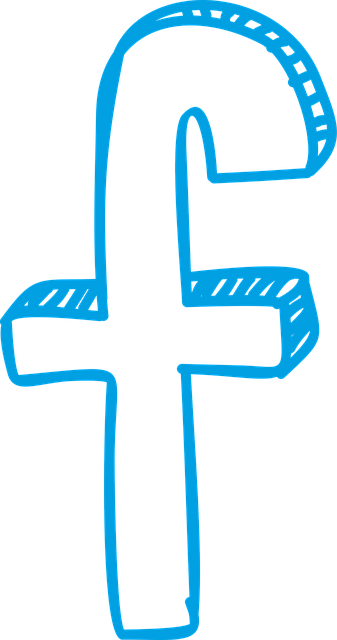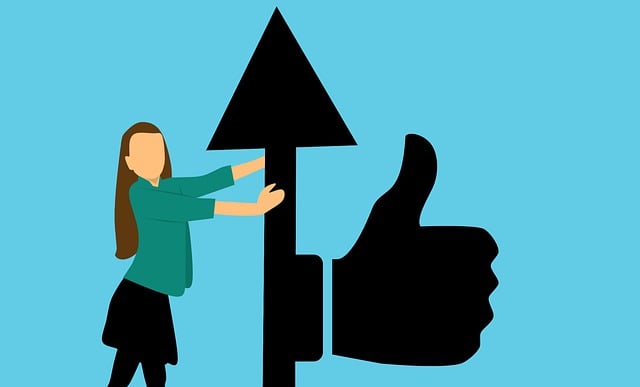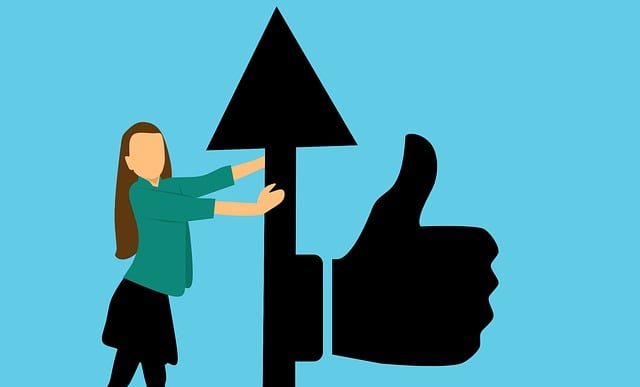
Personalized education tailored to individual learning styles enhances engagement and comprehension. By understanding visual, auditory, and kinesthetic preferences, educators can use tools like fb to adapt content, offering charts, videos, lectures, hands-on activities, and more. This approach, combined with interactive methods like debates and group projects, fosters critical thinking and deeper understanding in diverse learners.
Creating a personalized learning experience enhances engagement and retention. In today’s digital era, understanding individual learning styles is key—some thrive in visual environments, others through hands-on experiences. Tailoring content to students’ interests and goals aligns their aspirations with education, fostering motivation. Technology, such as adaptive software, allows for customized paths based on progress and needs. Interactive activities, like simulations and group projects, further personalize the fb (learning experience), encouraging active participation and deeper understanding.
- Understand Individual Learning Styles
- Tailor Content to Interests and Goals
- Utilize Technology for Customization
- Foster Engagement Through Interactive Activities
Understand Individual Learning Styles

Understanding individual learning styles is a cornerstone in crafting personalized educational journeys. Each learner possesses unique preferences and approaches to absorbing knowledge, be it visual, auditory, kinesthetic, or a combination thereof. Visual learners thrive on charts, diagrams, infographics, and videos, while auditory learners benefit from lectures, podcasts, and group discussions. Kinesthetic learners, on the other hand, learn best through hands-on activities, experiments, and role-playing. Recognizing these styles allows educators to adapt their teaching methods, ensuring that each student engages with the material in a way that resonates with them.
This understanding can be likened to sculpting a masterpiece from a block of stone. Just as an artist shapes the stone into a work of art, educators can carve out personalized learning experiences by identifying and catering to diverse learning styles. Incorporating various teaching techniques, such as utilizing translation software for language learners or creating interactive history timelines for those who respond well to storytelling, can significantly enhance engagement and comprehension. Even simple adjustments, like providing handouts alongside lectures, cater to visual learners while allowing auditory learners to fill in notes at their own pace. So, why not give us a call at cultural immersion activities and explore how we can help you create engaging, personalized learning experiences for your students?
Tailor Content to Interests and Goals

In creating a personalized learning experience, one effective strategy is to tailor content to an individual’s unique interests and goals. This approach leverages their inherent motivation and curiosity, making learning more engaging and impactful. For instance, if a student has a keen interest in history, incorporating periodization in history into lessons can spark their enthusiasm. Similarly, aligning academic content with personal aspirations can significantly enhance comprehension and retention.
When designing personalized curricula, educators should consider diverse learning styles. Some students might excel through algebraic expression simplification exercises, while others may benefit from visual aids like mind mapping for beginners. For those with learning disabilities, providing academic integrity resources learning disabilities 101 can offer the necessary support to navigate challenging materials successfully. By adapting content and methods according to these factors, learners are more likely to stay focused, develop deeper understanding, and achieve their academic goals.
Utilize Technology for Customization

In today’s digital age, technology offers unparalleled opportunities for personalization in education. Platforms like Facebook (fb) can be leveraged to create dynamic and tailored learning experiences. By utilizing advanced algorithms, educational content can be adapted to individual student needs, ensuring that each learner engages with material suited to their unique understanding level and interests. For instance, an online art appreciation course could use fb’s capabilities to curate personalized art collections based on a student’s preferences, enhancing their learning journey through immersive, tailored experiences.
Furthermore, incorporating tools like spaced repetition systems and geometry problem-solving strategies into digital platforms allows for dynamic content delivery. Students can practice algebraic expression simplification at their own pace while receiving immediate feedback, fostering an environment conducive to knowledge retention. This personalized approach not only caters to diverse learning styles but also encourages active engagement with educational content. Even philosophical concepts, such as exploring existentialism vs. stoicism, can be made accessible through interactive digital media, making complex ideas more digestible and relatable for modern learners.
Foster Engagement Through Interactive Activities

Engaging students actively is key to creating a personalized learning experience that sticks. Interactive activities like debates, quizzes, and group projects spark curiosity and promote critical thinking, helping learners absorb information more effectively. By incorporating diverse engagement tactics, educators can avoid the pitfalls of static lectures and cater to various learning styles, ensuring every student feels involved.
For instance, exploring logic fallacies identification through interactive case studies can enhance analytical skills. Similarly, using a statistical interpretation guide in digital literacy lessons allows students to navigate information critically. Even subjects like art history can benefit from interactive approaches; teaching painting styles through eras encourages creativity and visual learning. Visit us at online research effectiveness anytime for more insights on creating dynamic and personalized educational journeys.
Creating a personalized learning experience involves understanding each learner’s unique style, aligning content with their interests and aspirations, leveraging technology for adaptive learning, and incorporating engaging interactive activities. By implementing these strategies, educators can foster a dynamic and effective learning environment that enhances knowledge retention and cultivates genuine interest in students, ultimately preparing them for success in today’s digital age.





